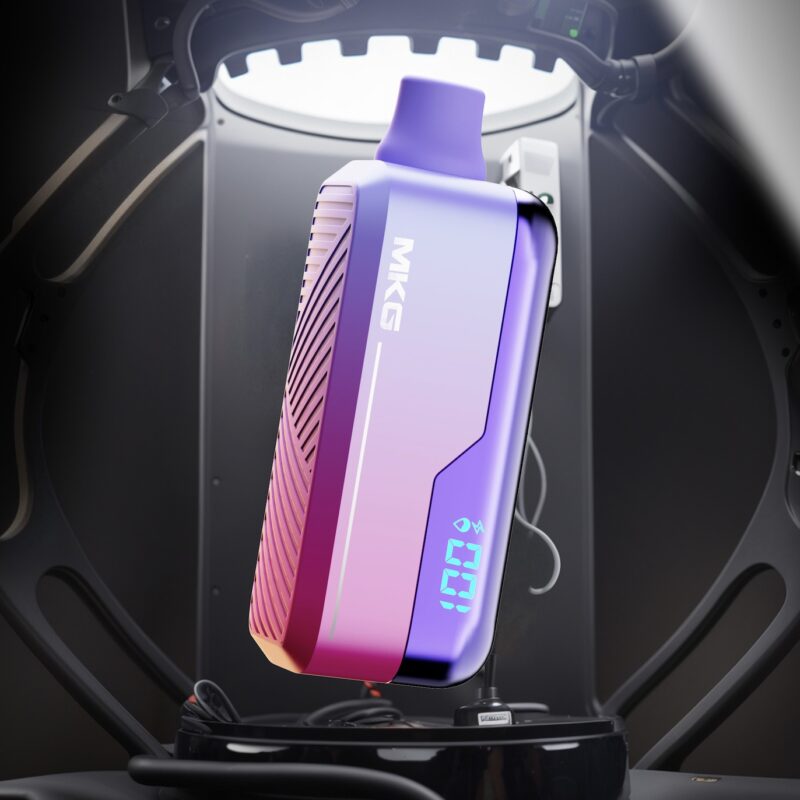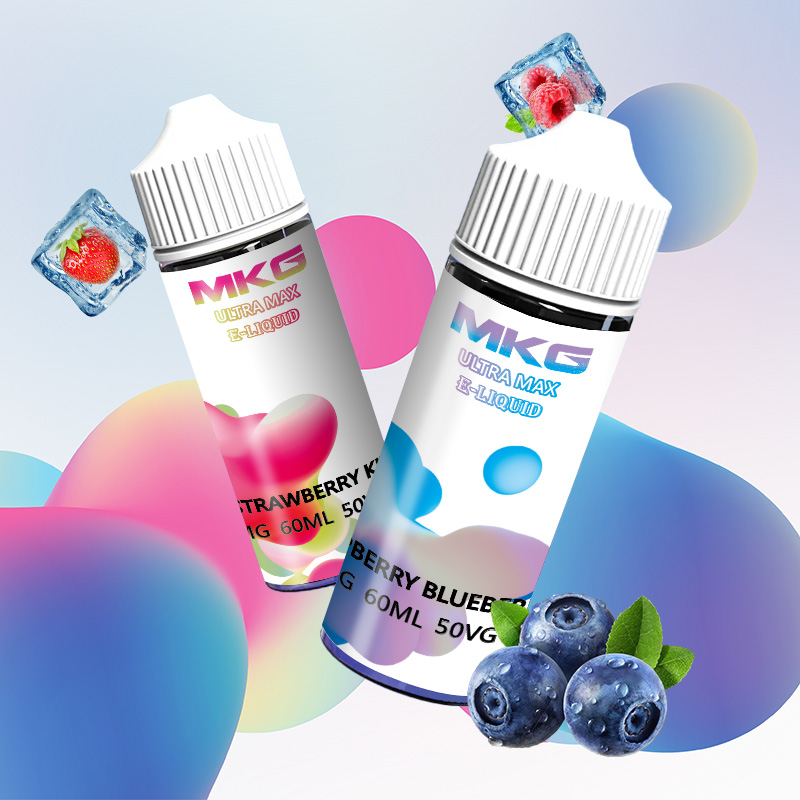In 2023, the global e-cigarette industry faced a significant challenge:
A market saturated with homogeneous products lacking innovation and differentiation. This comprehensive article explores the primary challenges of product homogeneity, including single-type offerings, design imitation, price competition, technology concentration, and quality control enhancements. We will delve into strategies to break the cycle of homogeneity and propel the industry forward with innovation and differentiation.
1. The Predominance of Single-Type E-Cigarettes
The global e-cigarette market has seen a shift in product types, with disposable e-cigarettes becoming mainstream due to their convenience, but environmental concerns have spurred the rise of cartridge-based products.
Disposable E-Cigarettes:
- Convenience: The primary advantage of disposable e-cigarettes is their ease of use – they are ready to use right out of the package.
- Affordability and Accessibility: Generally priced lower than other e-cigarettes, they are widely available at various retail outlets, including convenience stores and gas stations.
- Product Diversity: Disposable e-cigarettes offer a variety of flavors and puff counts, catering to different user preferences.
- Maintenance-Free: They require no cleaning or maintenance, eliminating long-term care concerns for users.
Cartridge-Based E-Cigarettes:
- Environmental Consideration: Produce less waste compared to disposables, making them more environmentally friendly.
- Cost-Effectiveness: Over time, the usage cost of cartridge-based e-cigarettes may be lower than disposables.
2. Design Imitation in the E-Cigarette Industry
The e-cigarette market has seen widespread design imitation, especially among small to medium manufacturers lacking robust design teams.
Reasons for Design Homogeneity:
- Cost and Risk Management: Developing new designs implies higher costs and market acceptance risks for smaller manufacturers.
- Market Competition: In a highly competitive market, some companies opt to quickly follow successful product designs of competitors rather than investing in original designs.
- Consumer Preferences: Manufacturers might replicate designs that have already been accepted and proven popular in the market.
3. The Challenge of Price Competition
The genuine product market has been impacted by high imitation products and a strategy of racing to the bottom in pricing.
Drivers of Price Wars:
- Market Saturation and Intense Competition: The rapid growth of the e-cigarette market has led to a multitude of manufacturers and brands.
- Consumer Price Sensitivity: Many consumers are highly price-conscious when selecting e-cigarette products.
- Reduced Production Costs: Advances in manufacturing technology and economies of scale have decreased production costs.
4. Concentration of Technology in Large Manufacturers
Core technologies in the e-cigarette industry are often held by large manufacturers, while smaller companies lack the capacity for innovation and market-driven application development.
Reasons for Technology Concentration:
- Financial and Resource Advantages: Larger manufacturers have more funds and resources for R&D.
- Expertise and R&D Teams: Bigger companies typically possess stronger R&D teams and more expertise.
Impact of Technology Concentration:
- Market Monopoly Risks: Excessive concentration of technology can lead to reduced market competition and barriers for new entrants.
- Price Control: Large manufacturers with core technologies can significantly influence market prices.
5. Quality Control Enhancements
The global e-cigarette industry has seen an overall improvement in product quality and quality control, driven by industry standards, regulations, and consumer demand.
Factors Driving Quality Improvements:
- Enhanced Regulatory Requirements: Regulatory bodies worldwide have tightened controls on e-cigarette products, setting stricter quality and safety standards.
- Increased Consumer Awareness: Consumers have become more aware of product quality and safety.
- Technological Advancements: Improvements in manufacturing technology have made quality control more precise and efficient.
- Impact of International Trade: Compliance with international quality standards has become key to accessing different markets.
Conclusion: Overcoming Product Homogeneity
To overcome the challenge of product homogeneity in the e-cigarette industry, domestic supply chains need to focus more on innovation and differentiation strategies. This includes seeking new methods and approaches in product type, creative design, and technological development. Additionally, reasonable price positioning and enhancing product quality are crucial in breaking the cycle of homogeneity competition. For a deeper insight into the trends and strategies shaping the global e-cigarette market.


























